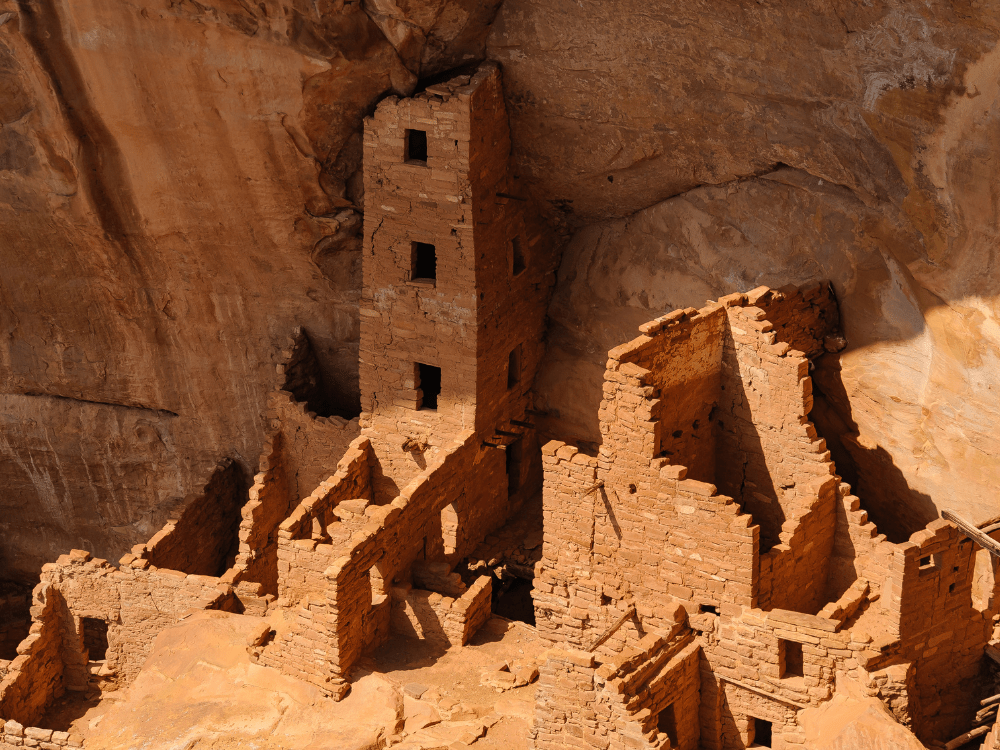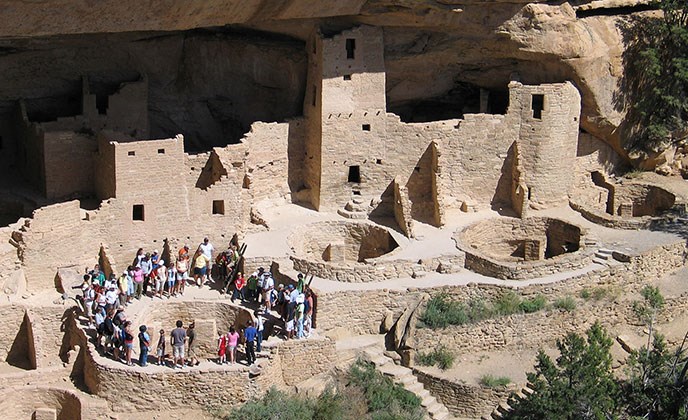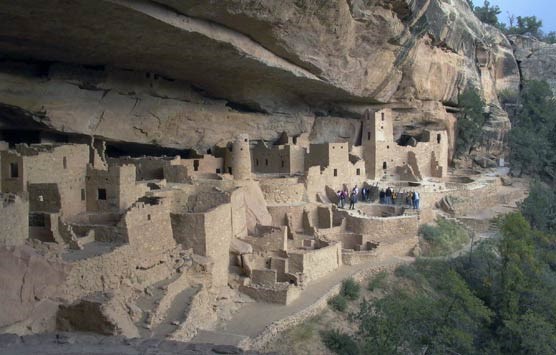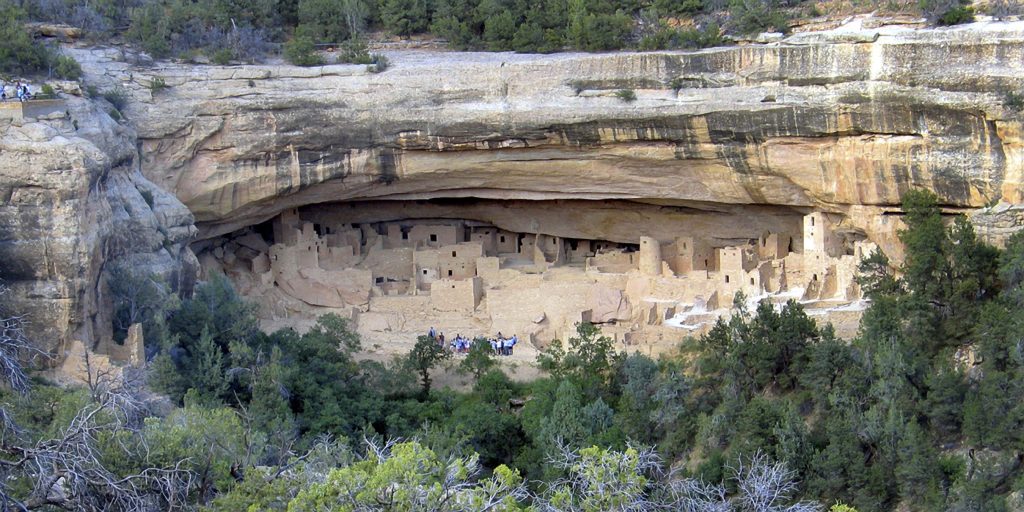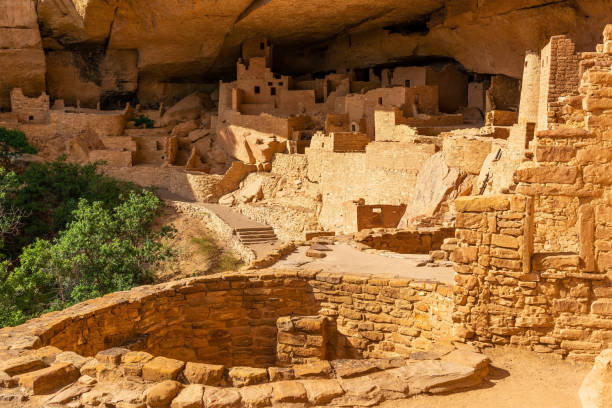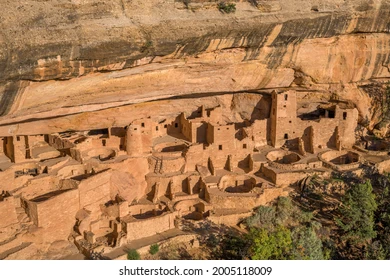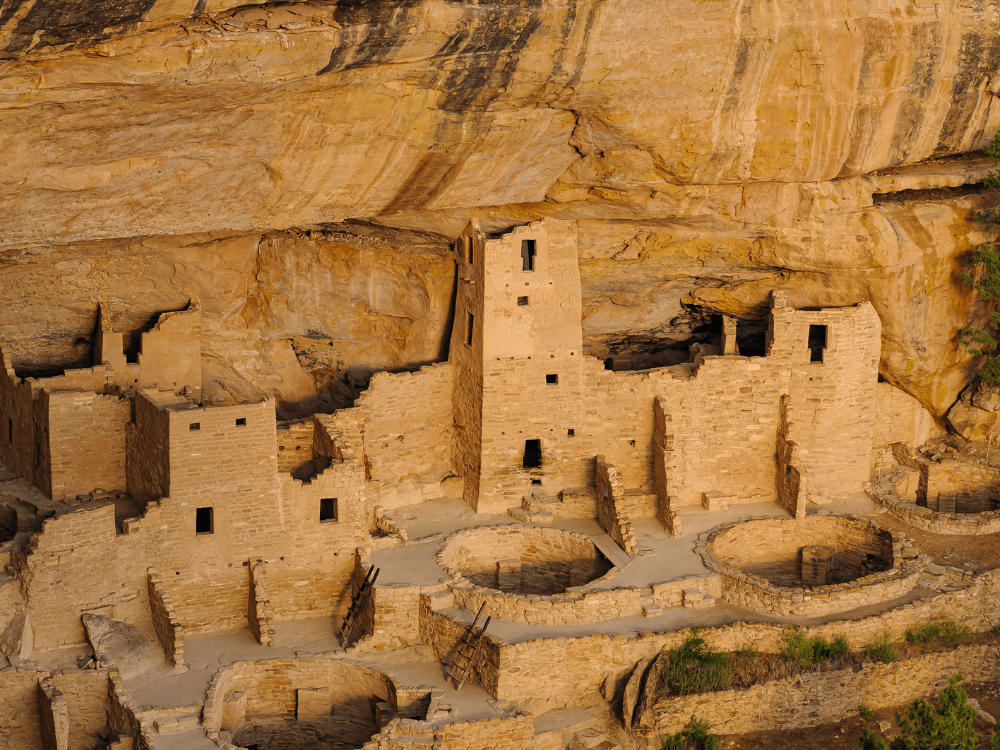Mesa Verde National Park: Exploring the Enigmatic Cliff Dwellings of the Anasazi People

The Anasazi people, a Native American culture, made their way to the Mesa Verde region over 1,400 years ago. Drawn by the abundant resources and favorable climate, they established a settled agricultural society. The Anasazi engaged in subsistence farming, cultivating crops such as corn, beans, and squash in the mountainous terrain. They crafted ingenious irrigation systems to harness water for their crops, a testament to their resourcefulness and adaptability.
Around 1150 AD, the Anasazi began a remarkable shift in their architectural practices, moving their dwellings from the mesa tops to the protective cliffs of the canyons. This transition to cliff dwellings is believed to have been driven by various factors, including defense against external threats, the need for increased community cohesion, and a response to changing environmental conditions. The cliff dwellings offered natural protection and an environment conducive to communal living.
The cliff dwellings of Mesa Verde National Park exhibit exceptional architectural ingenuity, considering the challenges posed by constructing in such rugged terrain. The dwellings were constructed using local sandstone and wooden beams. Stones were meticulously shaped and stacked, while wooden beams served as structural supports. The buildings were often multi-storied, with interconnected rooms and shared plazas. Intricate masonry and stone carving techniques were employed to create functional living spaces, kivas (ceremonial rooms), and storage areas.
The cliff dwellings of Mesa Verde vary in size and purpose. While most structures are relatively small, housing only a few individuals, there are several larger dwellings that stand out. Notable examples include Cliff Palace, Long House, and Spruce Tree House, which can accommodate hundreds of people. These larger dwellings feature multiple rooms, grand kivas, and impressive architectural complexity, indicating their significance as centers of communal and ceremonial activities.
The preservation of these ancient cliff dwellings is of paramount importance. Recognizing their cultural and historical significance, Mesa Verde National Park was established in 1906 to protect and showcase these archaeological treasures. The park encompasses over 52,000 acres, including the cliff dwellings, mesa-top villages, and thousands of archaeological sites. Preservation efforts include ongoing research, documentation, and conservation to ensure that these extraordinary structures endure for future generations to appreciate and study.
The cliff dwellings of Mesa Verde offer a unique window into the past, providing insights into the daily lives, social organization, and cultural practices of the Anasazi people. Through meticulous archaeological excavations and scientific analysis, researchers continue to unravel the mysteries surrounding their migration, architectural techniques, and the factors that led to the eventual abandonment of
Hits: 12
